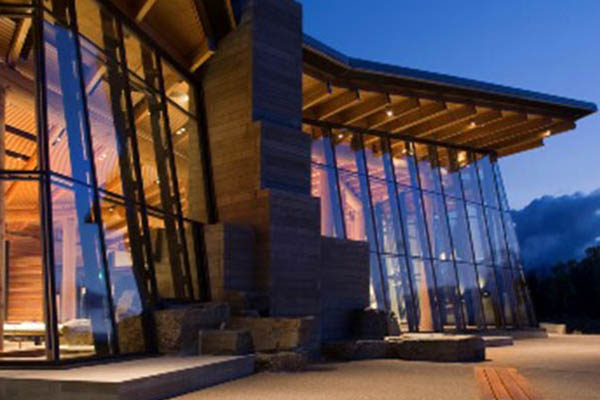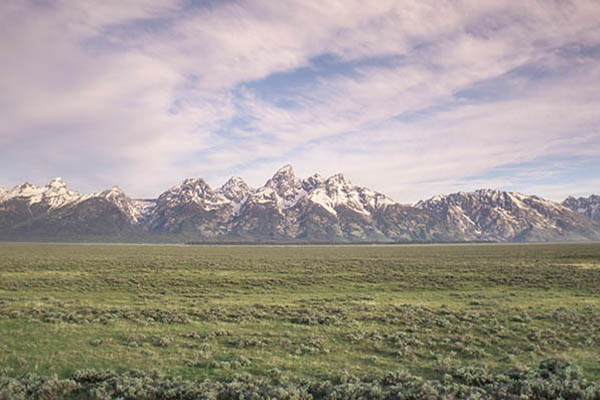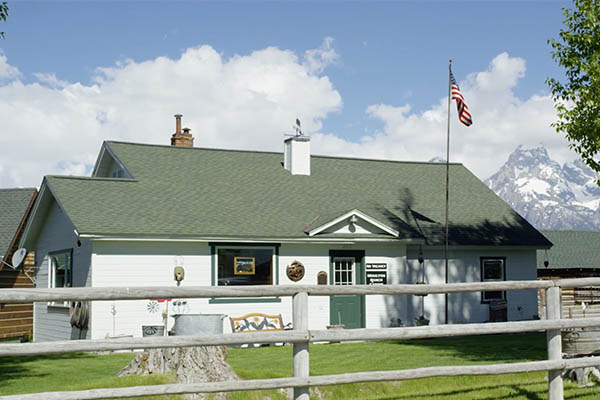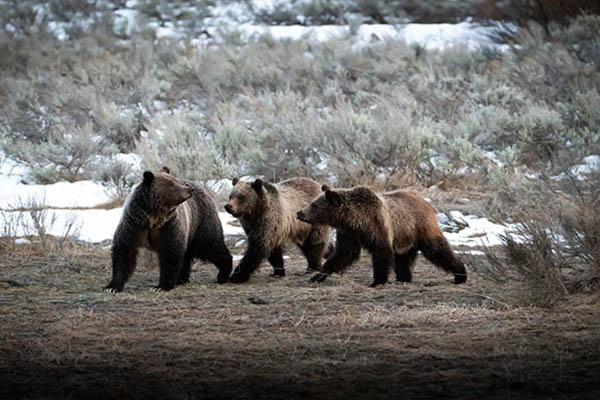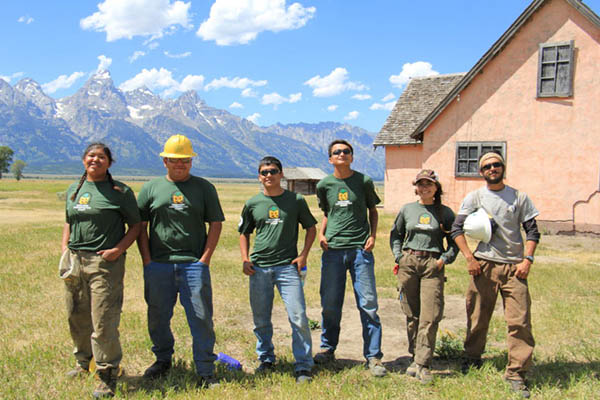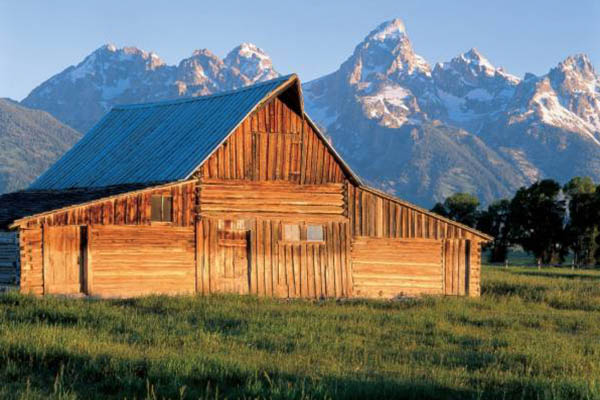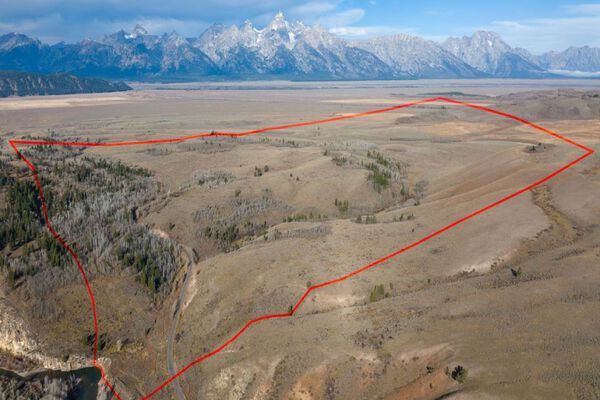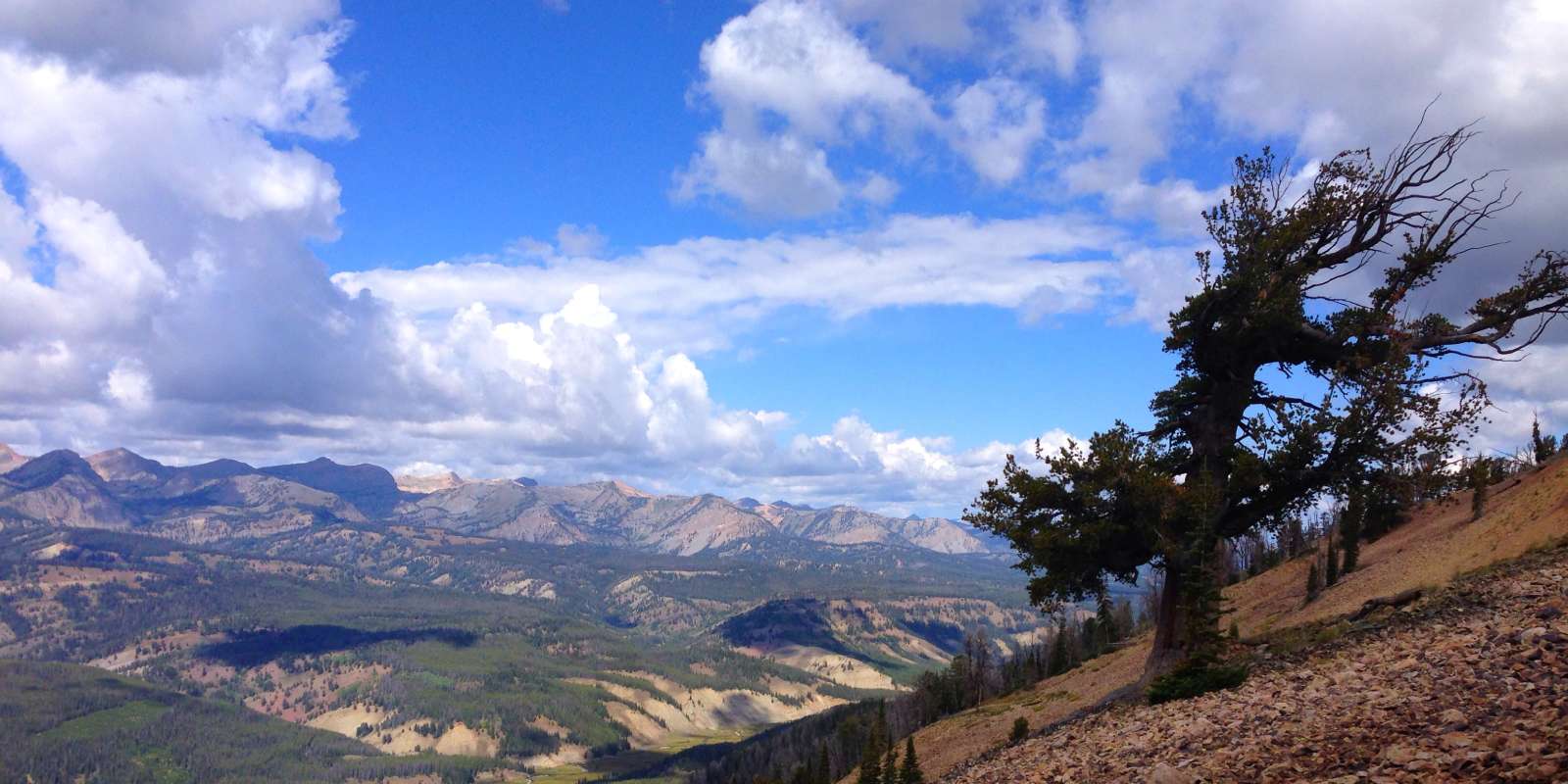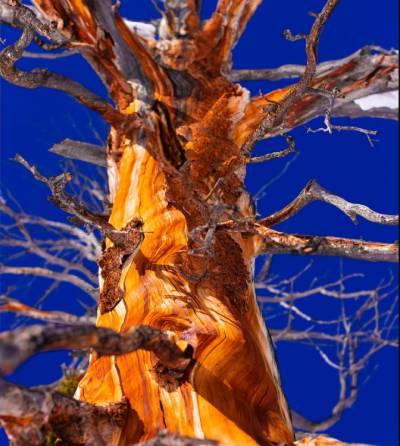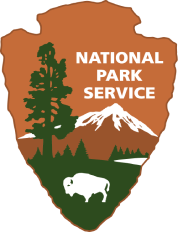MONITORING WHITEBARK PINE HEALTH, PERSISTENCE, AND REPRODUCTION
Whitebark pine stands are an essential component of natural ecosystem function in Grand Teton National Park. They are the highest elevation tree in the range, play a critical role in regulating the melting regime of snow and ice, and provide a critical food source for wildlife.
White pine blister rust (a non-native fungus) and naturally occurring mountain pine beetles increase mortality rates of trees and threaten the whitebark pine groves throughout Grand Teton and the Greater Yellowstone Ecosystem.
RESEARCH AND CONSERVATION
In 2022, funding for continued monitoring will allow researchers to treat select whitebark pines with verbenone, a pheromone that deters beetles from infesting trees and to collect cones for genetic material to determine individual tree resistance to disease.
While pine beetles and blister rust threaten whitebark pines all over the West, researchers have determined that Grand Teton has a handful of the most blister rust-resistant trees in the Greater Yellowstone Ecosystem. Although mortality, the incidence of blister rust infection, and pine beetle outbreaks have increased since they were first detected in the park, regeneration of blister-rust resistant seedlings has been nearly 100% at sites where they are being monitored.
The park’s whitebark pine conservation program has been coordinated with similar efforts by other federal agencies and conservation organizations throughout the ecosystem for decades. The Jackson-based Northern Rockies Conservation Cooperative will partner with the Foundation to conduct this monitoring and research in 2022.
OUR PROJECT PARTNERS
This project is made possible by Grand Teton National Park Foundation in partnership with:
THANK YOU FOR YOUR SUPPORT OF THE WHITEBARK PINE IN GRAND TETON NATIONAL PARK!
For more information about how to support the whitebark pine conservation in Grand Teton and the Greater Yellowstone Ecosystem, call Grand Teton National Park Foundation at 307.732.0629

